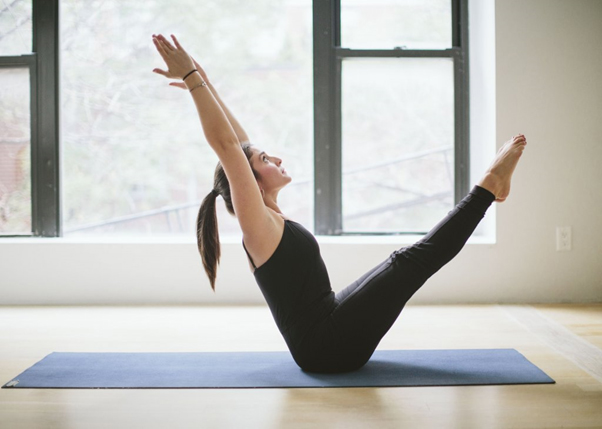The core is a semi-rigid, rounded, enclosed space formed by the multifidus pelvic floor, the transverse abdominus muscle, and the diaphragm. These muscles work together to form our stable ‘core muscles’ that help produce and contain intra-abdominal pressure (IAP). The body relies on all of our trunk muscles for stability and for control of this internal pressure.
When we are standing upright, sitting upright we are always supported by intra-abdominal pressure in our bodies. Core pressure is pressure inside our abdomen and is the level of pressure contained within this core space. Within the core space lives all of our internal organs including our stomach, liver, pancreas and intestines.

What muscles make up our core?

Diaphragm muscle:
- The muscle which controls inspiration and expiration (breathing in and out)
- Helps control spinal stability
- Works with all of our abdominal muscles for core stability
- It separates our abdominal section and our thoracic section (our ribs/lungs etc)
- Things that might affect our diaphragm: back pain, tightness through middle back section, posture, breathing style (e.g. chest breathing vs belly breathing).

Transverse abdominis:
- The deepest layer of our abdominal muscles (underneath the 6-pack muscle)
- Stabilises the spine
- Prepares the body for movement
- Stabilises the linea alba which is the piece of connective tissue down the midline of the abdominals (the ‘gap’)
- Stabilises the sacroiliac joints (SI Joints / SIJ)
- Controls forced expiration (forced breathing out)

The pelvic floor:
- Controls bladder, bowel, and sexual function
- Responsible for overall sensation in the pelvic organs
- Is synergistic with the transverse abdominis = when the pelvic floor switches on, the transverse abdominis does as well
What affects core function?
Lots of things!
- General muscle weakness
- Back pain
- Bladder incontinence
- Bowel incontinence
- Pregnancy
Pregnancy is one of the biggest changes in overall appearance and function of our core, as pregnancy affects our diaphragm, transverse abdominis and pelvic floor altogether.


Here you are able to see the changes in overall appearance of the core in a woman postnatally. Diastasis Recti looks very different in all women, some women might not have a ‘gap’ between their abdominals, however their skin feels different. Some women might have a larger gap compared to others (this doesn’t make yours worse), but they have no changes in their tissue type.
Having a ‘strong core’ is difficult to determine on your own, however during an abdominal assessment your women’s health physiotherapist can give you informed knowledge on how to contract these individual muscles, how to connect them all, which will allow you to develop and improve your core strength exponentially.

